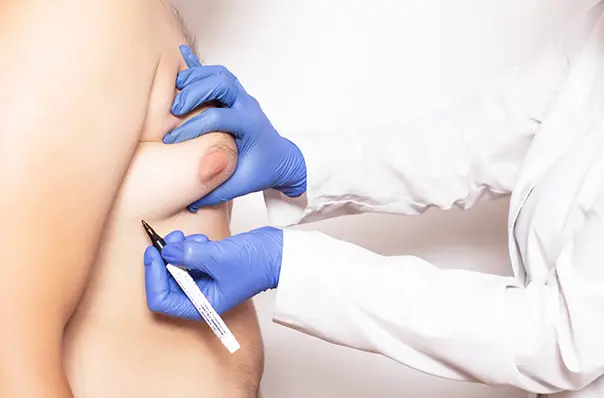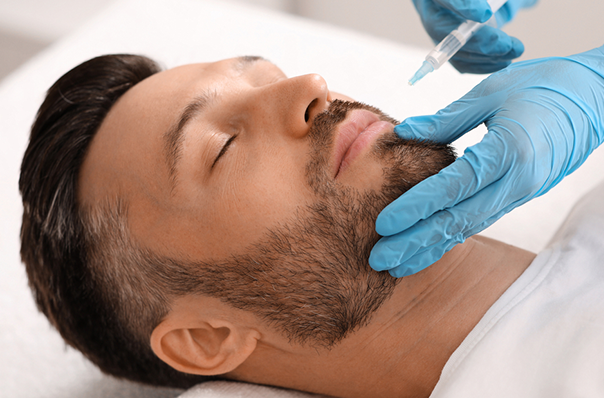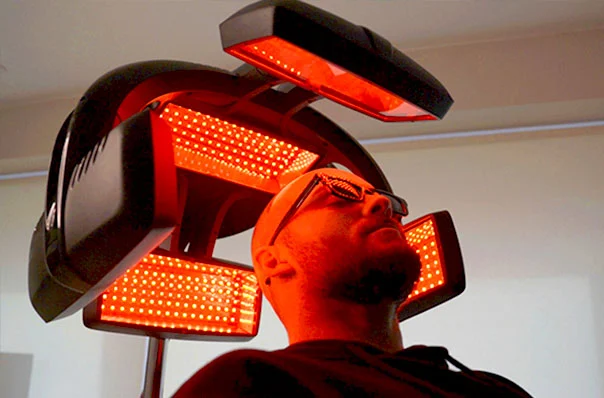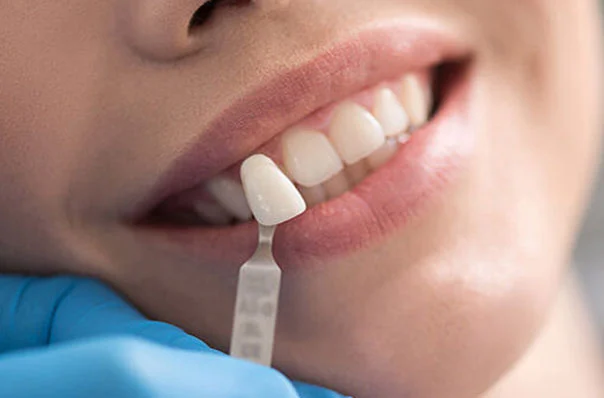|
ÖNERİLEN
İNCELE
|
İNCELE | |
|---|---|---|
| Technical Features | ||
|
Does İt Offer A Permanent Solution?
|
||
|
Type of Anesthesia
|
General Anesthesia | General Anesthesia |
|
Surgery Scar
|
No Trace | There May Be A Very Vague Trace Appearance |
|
Speed of Return to Social Life
|
Next Day | 1 Week |
|
Corset Usage Period
|
2-4 weeks | 4-6 Weeks |

 Hair Transplant For Women
Hair Transplant For Women
 Hair Transplant For Men
Hair Transplant For Men





 Before
Before
 After
After



 Masseter Muscle Aesthetics
Masseter Muscle Aesthetics
 Prominent Ear Surgery
Prominent Ear Surgery
 Hair Laser
Hair Laser
 Crown Plated
Crown Plated
